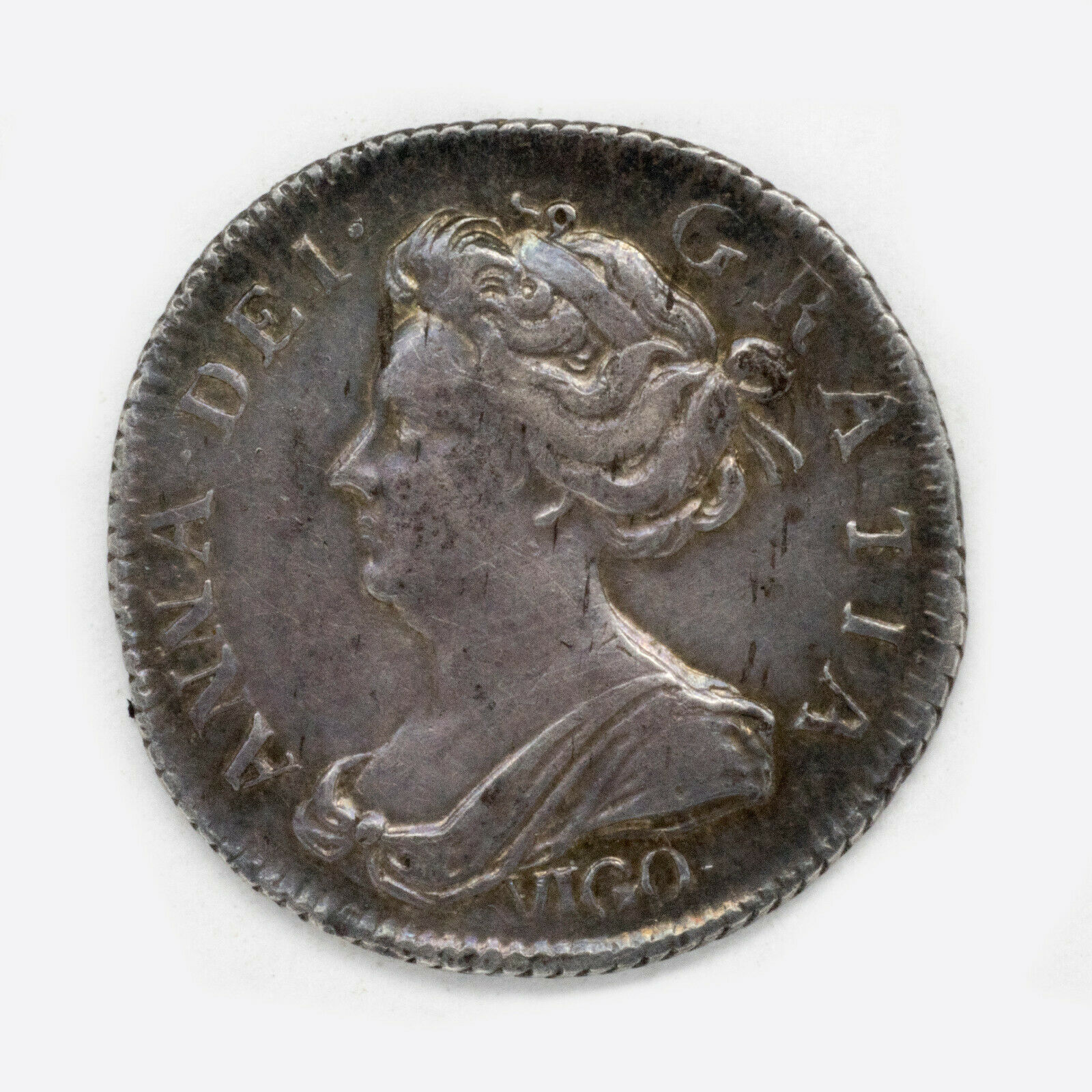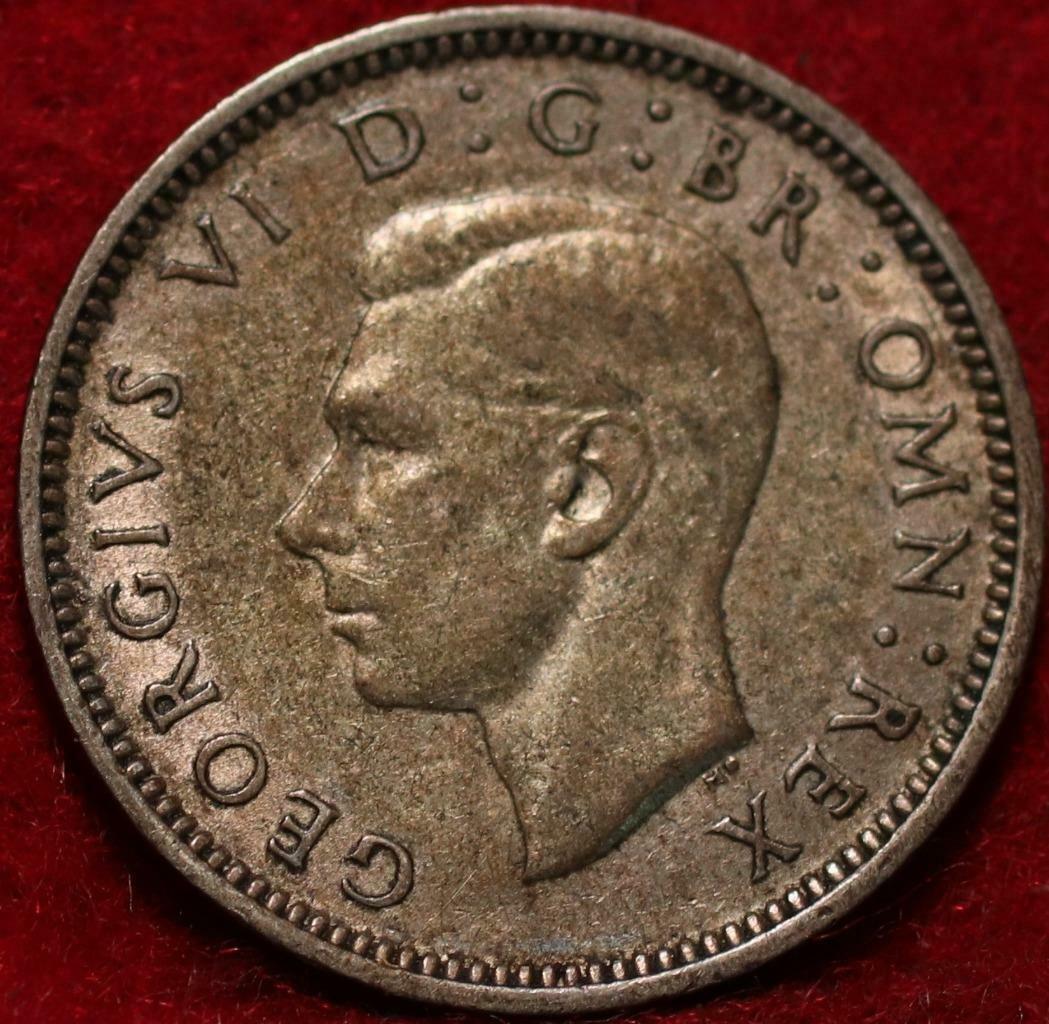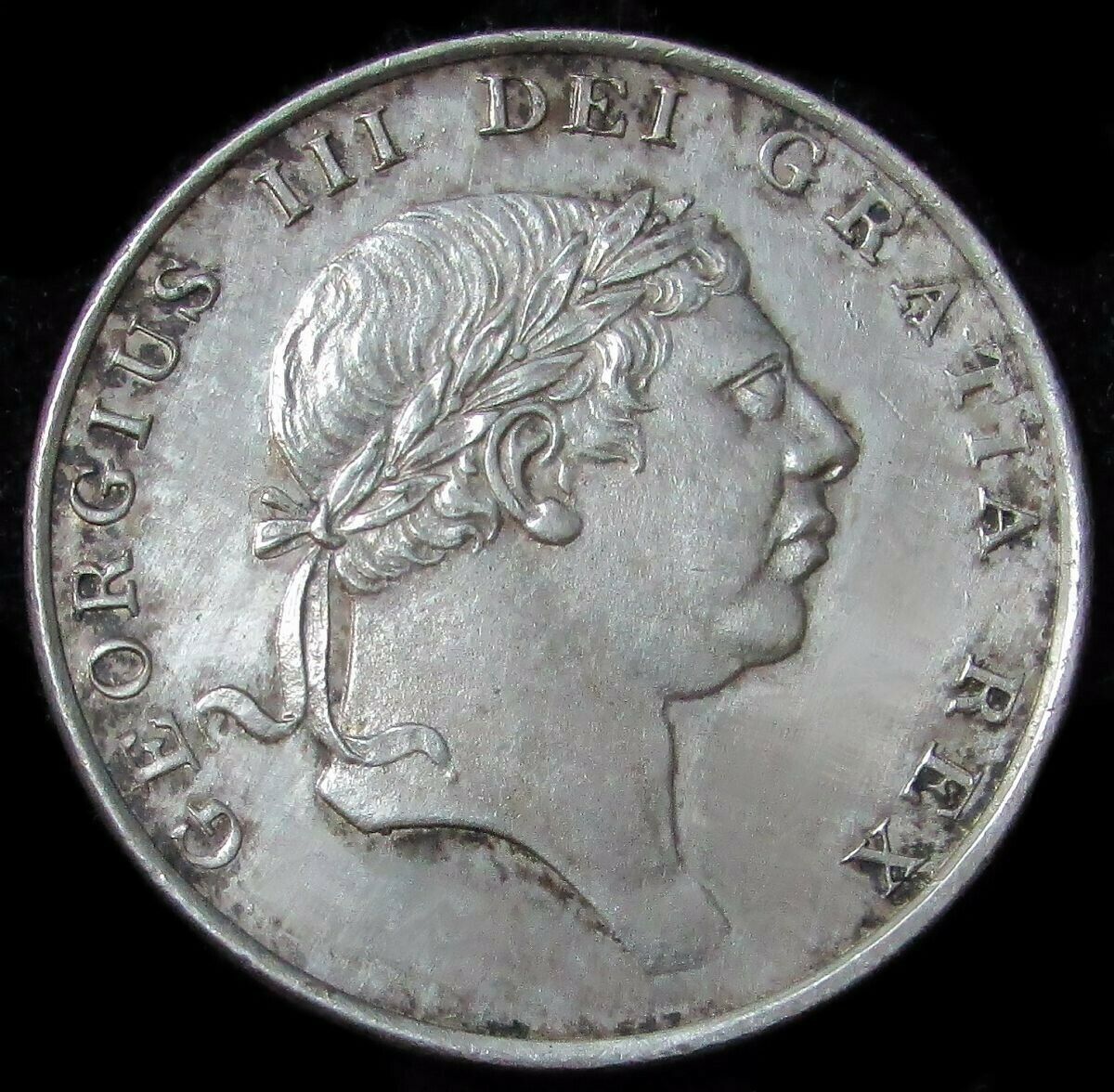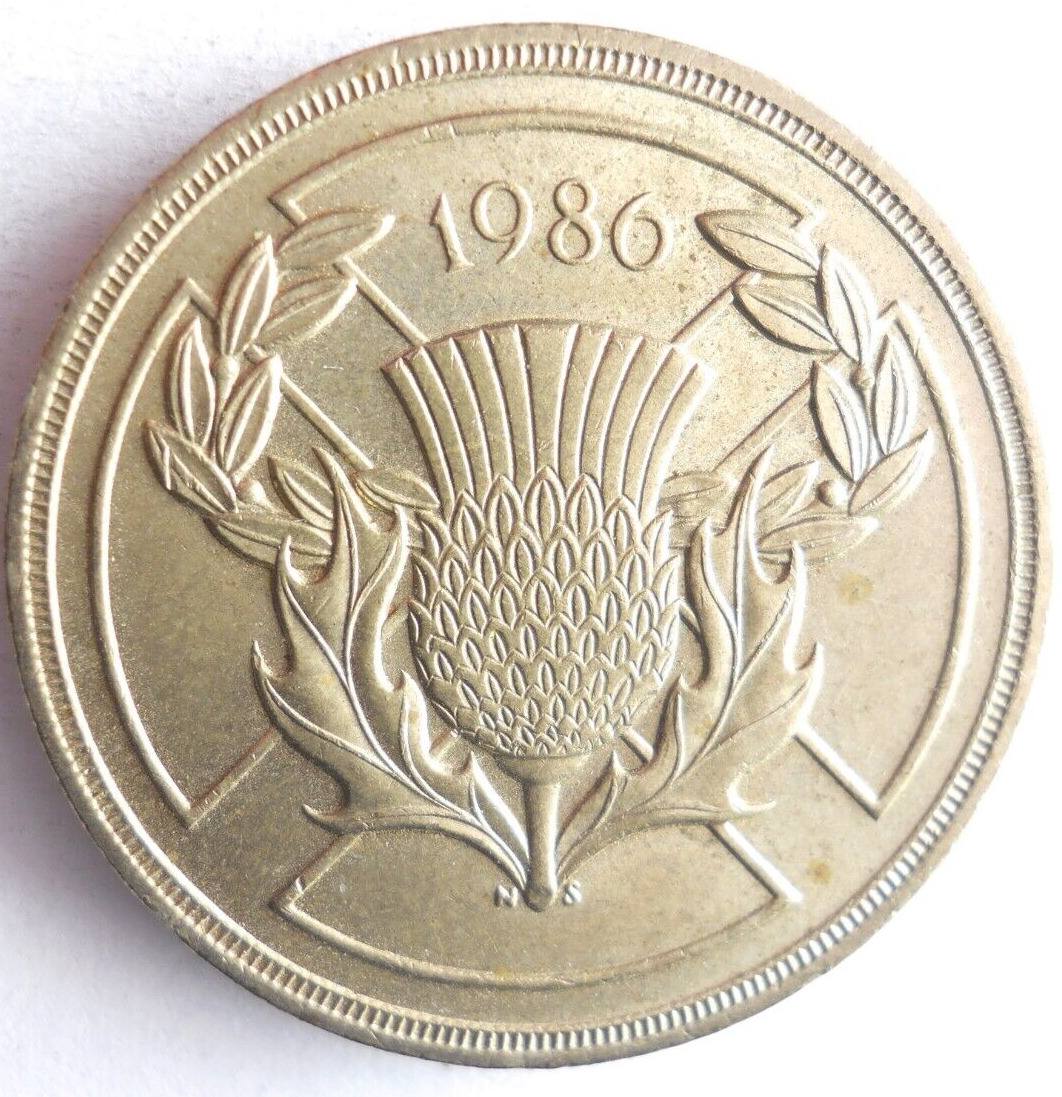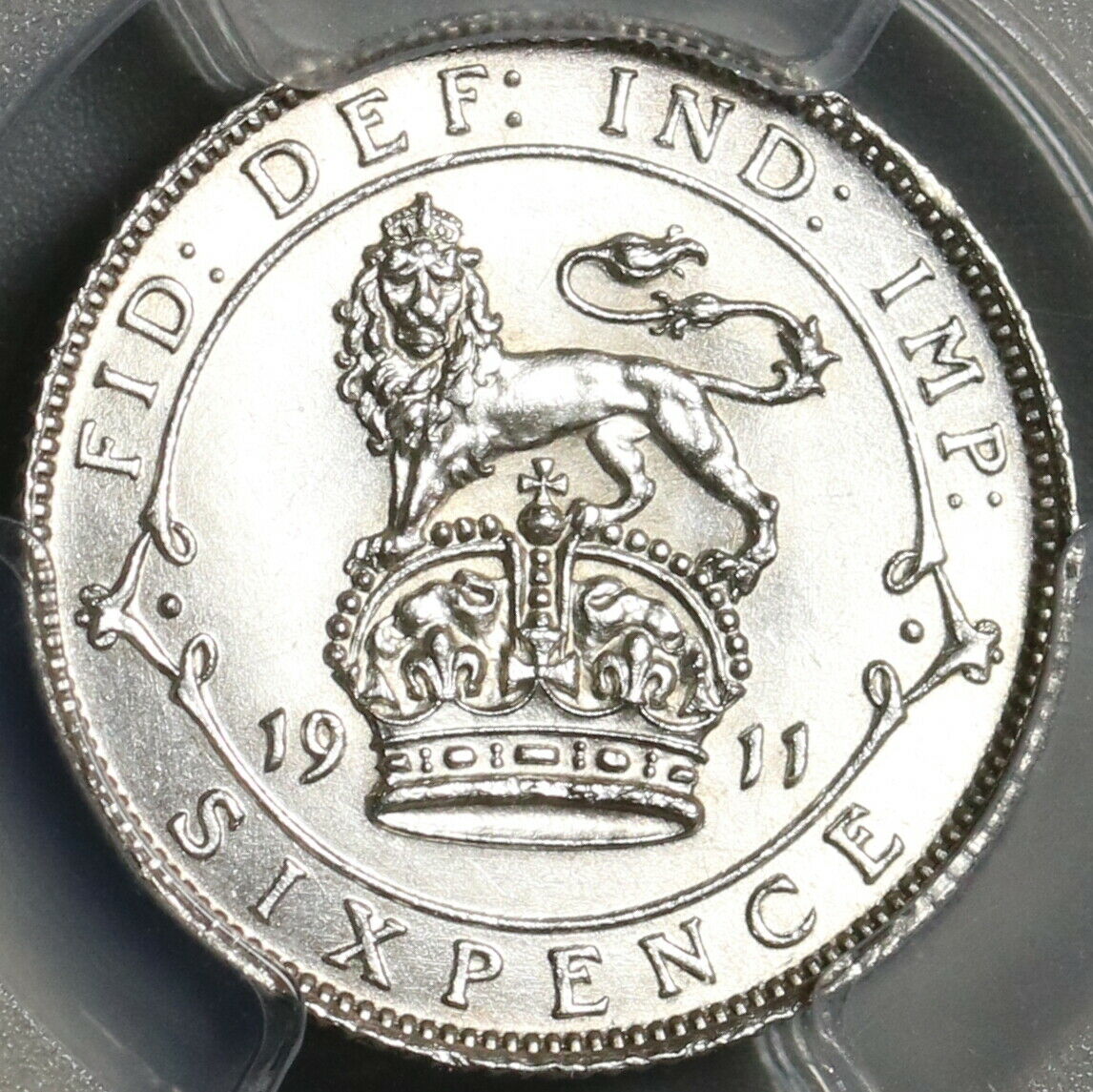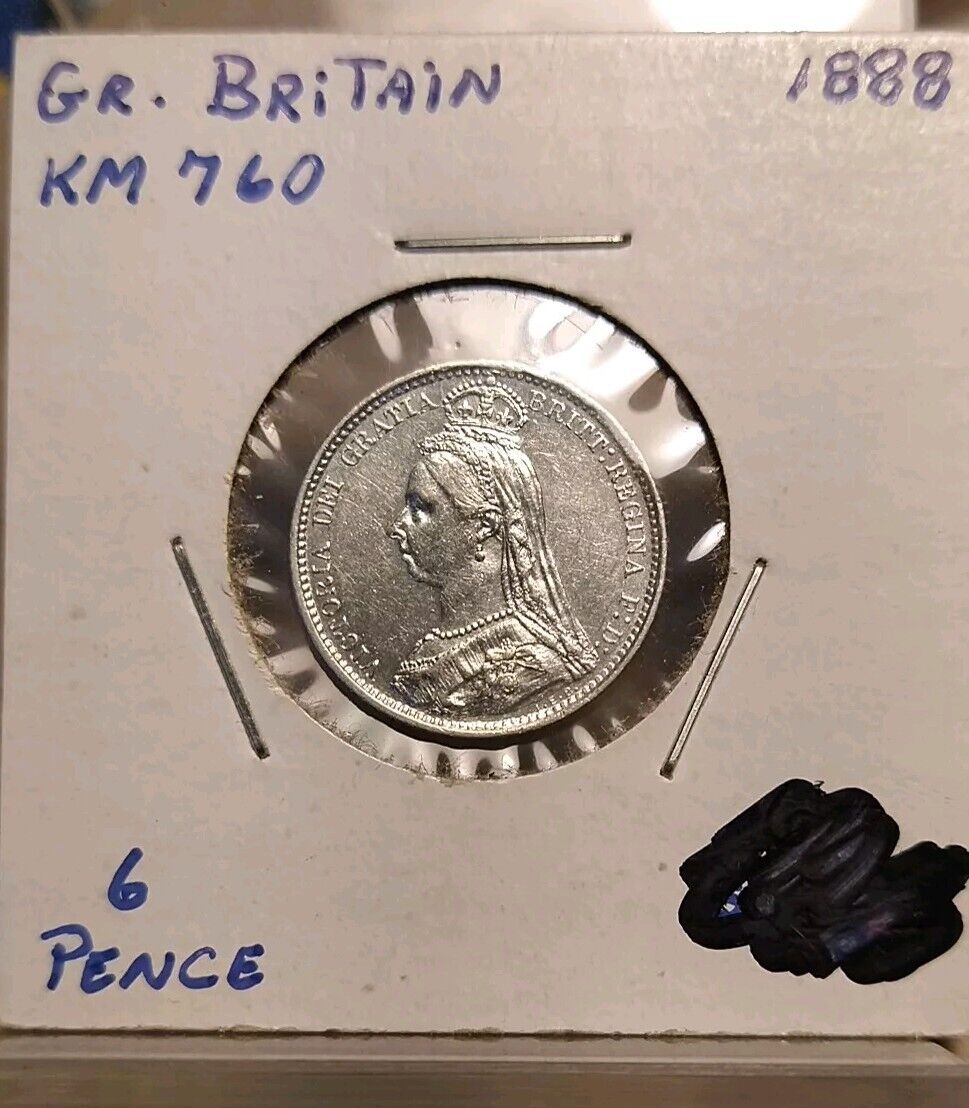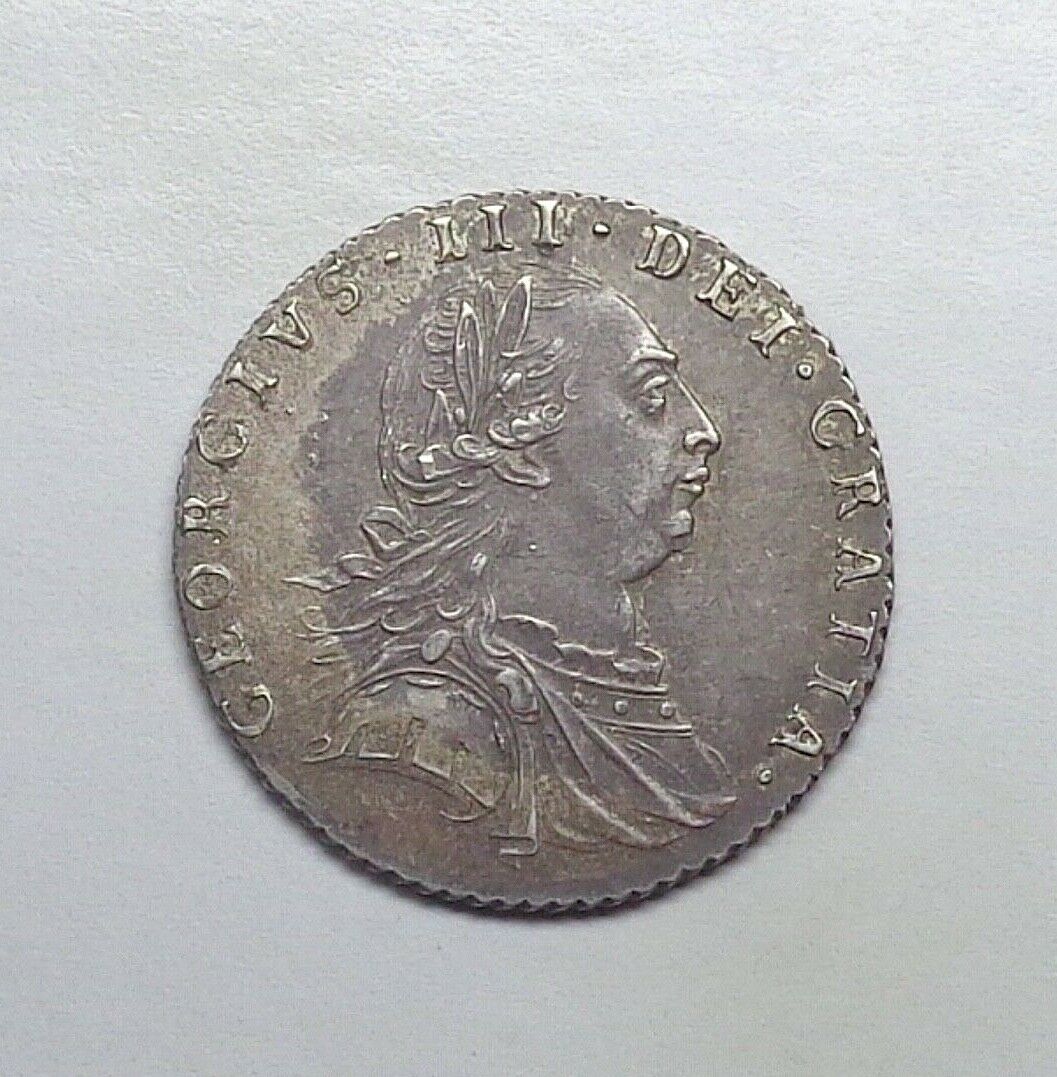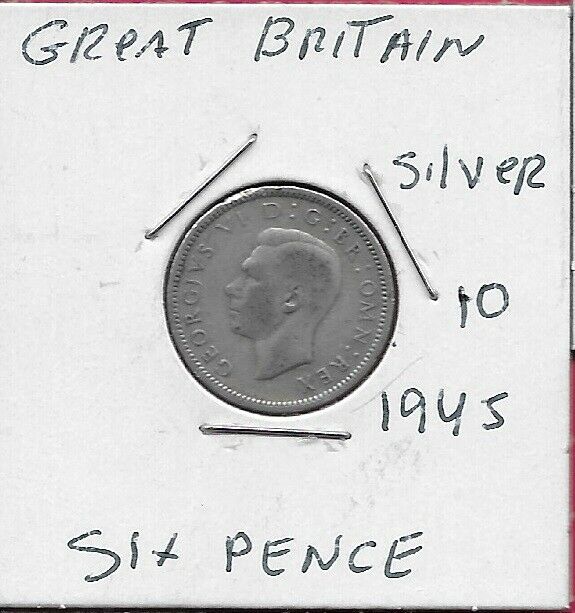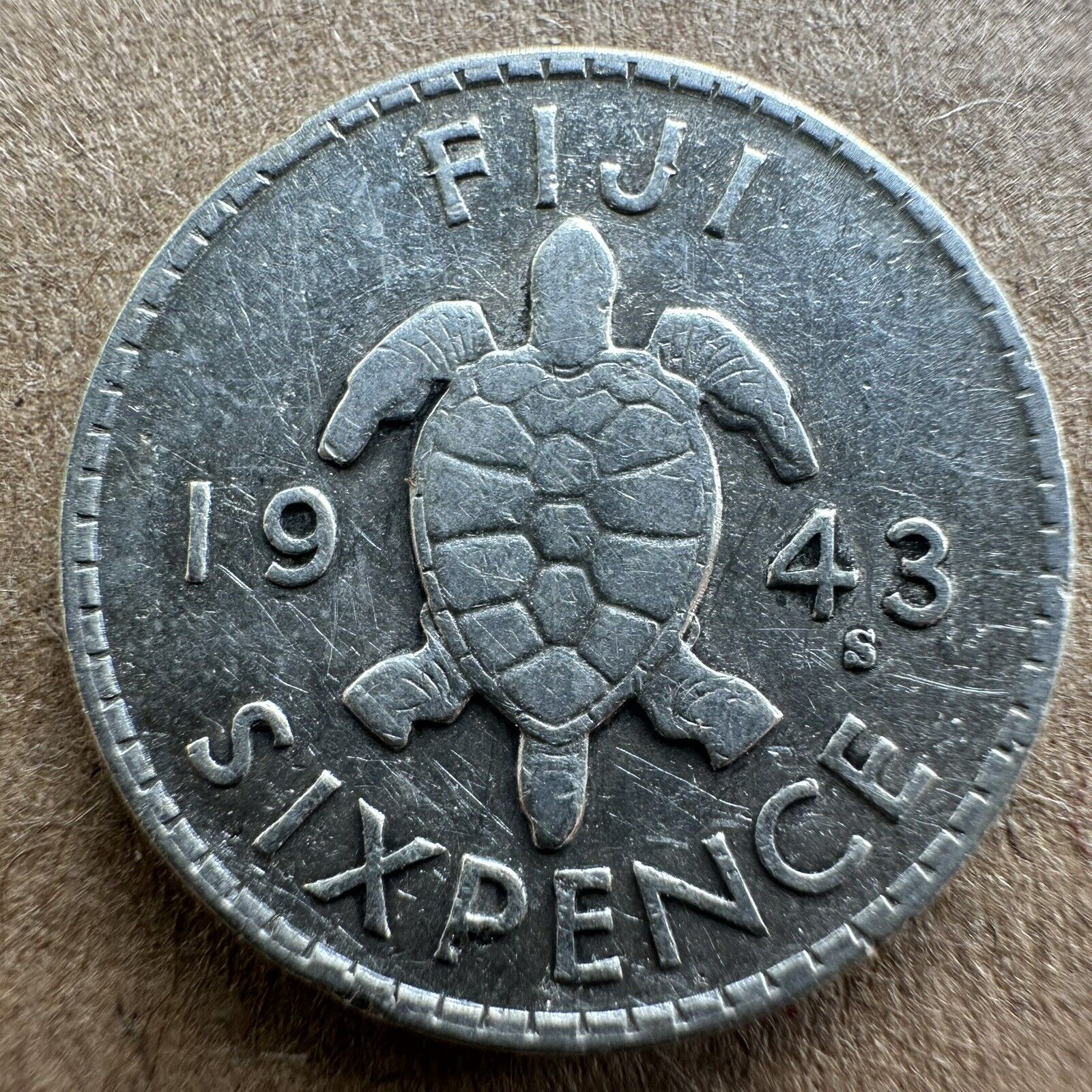-40%
Great Britan Queen Anne 1703 6 Pence VIGO
$ 52.8
- Description
- Size Guide
Description
At the time it was struck, the Vigo coin served as a celebration of Britain's naval success. Today, it marks even more than that: it commemorates an event that contributed to the long standing domination of Britain’s naval power.The War of Spanish Succession
In 1700, King Charles II of Spain died, leaving his throne and Spanish possessions that were scattered across Europe and the Americas to Philip of Anjou, grandson of the king of France, Louis XIV. Many across Europe feared this would mean a powerful union between Spain and France.
In the hopes of preventing this, the Grand Alliance was formed between England, Holland, Prussia and Austria, triggering the War of Spanish Succession.
In 1702, as part of the war, Admiral George Rooke’s Anglo-Dutch fleet attempted to capture Cadiz, a port city on the southwest coast of Spain. The mission was a failure, but the story didn’t end there. The tide was turning on the fleet’s luck.
On the way back home to England, Rooke learned that the Spanish treasure fleet was anchored on Spain’s northwest coast, waiting for permission to unload its goods at Vigo Bay.
The Battle of Vigo Bay
Not wanting to arrive back in England with only the failed mission of Cadiz on his books, Rooke directed his fleet to Vigo Bay. They hoped to get there and attack before the Spanish treasure fleet finished unloading its cargo. By the time they arrived, much of the silver had already been unloaded, but there was still plenty that hadn’t.
Rooke’s fleet found themselves greeted by a boom that blocked their entrance into the Bay, as well as a number of armed forts. Land troops neutralised the forts whilst the ships, led by HMS Torbay, broke through the boom. After the allies forced their way through, the Franco-Spanish fleet realised their chances of victory were slim and began desperately destroying their own ships before fleeing.
A Victory Worth Celebrating
Rooke’s fleet managed to capture what was left of the treasure: a not-insignificant 4,500 lbs of silver, plus 7lb 8oz of gold. But their triumph was worth even more than that – it proved their naval strength. Knowing it needed to make an ally of the leading naval power in order to protect its trade routes, Portugal opted to side with the allies. Portugal therefore allowed them to base themselves in Lisbon and dominate the Strait of Gibraltar.
After losing so many of its ships, Spain’s naval power was weakened and, with Portugal siding with the allies, it’s situation became a lot worse. Because of the Battle of Vigo Bay, Britain eventually managed to capture Gibraltar and control the entrance to the Meditaranian Sea. The battle was pivotal in Britain’s immense maritime power for the next few hundred years.
Lima Coins
Upon Rooke’s return to England, the treasure was sent to the Royal Mint in London to be restruck. Queen Anne requested that the word Vigo was featured on these new British coins to signify the metal’s origin, though it’s also thought it was to take public attention away from the failed Cadiz mission. All Vigo coins were struck in 1703 and bear this date, the year after the Battle of Vigo was won.
Vigo coins are much more rare than the Lima coins of George II, which were made from silver and gold captured from the Spanish in Peru years later in the 1740’s. Despite this, it’s not unusual to come across the silver Vigo sixpence, shilling, half crown and crown coins, nor are they as expensive as you might imagine. On the other hand, the few Vigo coins produced from the 7lb 8oz of gold Rooke’s crew captured are extremely rare.
Today, the 1703 Vigo coins offer collectors a chance to marvel not only at this numismatic treasure but also at the tale they tell about Britain's intriguing maritime history.
Thanks,
Peter Scherff
ANA Life Member 4085
